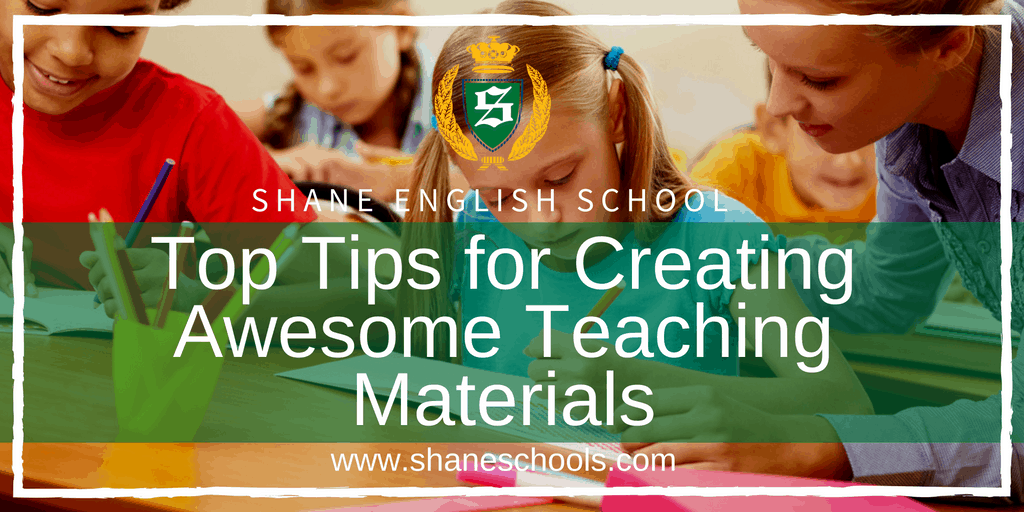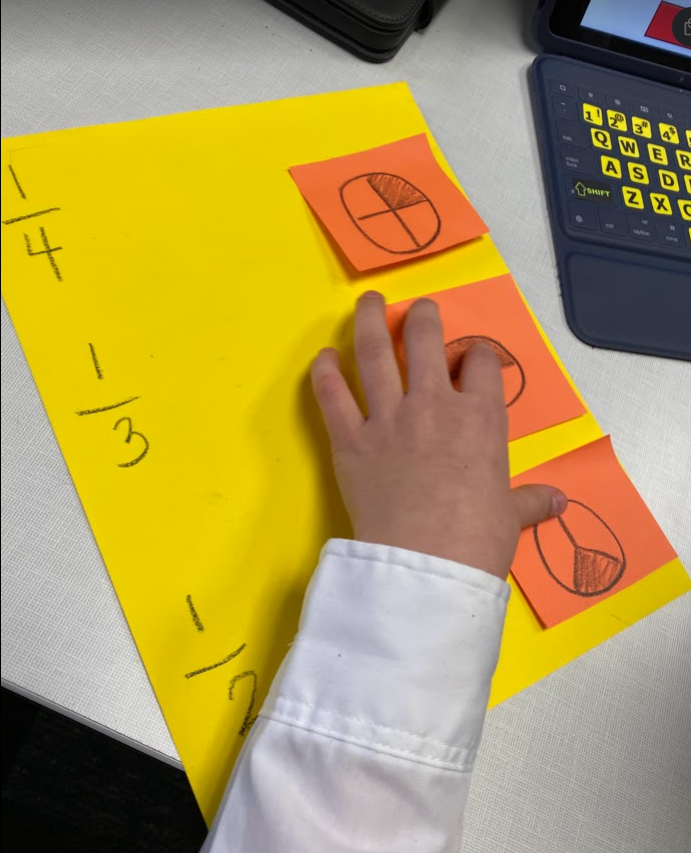Good Ideas For Picking Italian Kindergarten Teaching Aids
Wiki Article
What Books, Like Textbooks, Are Compulsory In Italian Kindergartens?
Italian nurseries are known for their playful approach to learning. They do not use textbooks or other traditional books for work. The books utilized in Italian nursery schools can still be extremely useful in stimulating reading and aiding the language development of children. Picture books are ideal for helping children develop their imagination, vocabulary and love of literacy. They usually feature simple, engaging text and appealing illustrations.
Boardbooks: Boardbooks are heavy, robust books that are designed for young children who are just beginning to learn to hold a book. They can introduce children with diverse topics like animals and shapes.
Nursery rhymes and songs They are a vital part of early childhood development. They help develop memory, social skills and language skills. Italian nursery schools may utilize nursery rhymes and song books for their daily activities and circle time.
Books about diversity and inclusion are essential to help young children understand about the significance of diversity and inclusion. Stories that include characters who come from different backgrounds or cultures, as well as abilities will help children develop empathy as well as understanding and respect for each other.
Italian language books: Italian nursery schools may employ books that are written in Italian to assist children in learning the language and build their language abilities. Simple stories, picturebooks as well as books that include Italian songs and rhymes could be found in these books.
The books you select for your child should be appropriate for their age engaging, informative, and culturally appropriate. Teachers and caretakers can also make use of books to stimulate the interest of children and encourage exploration of different topics and issues. Follow the recommended materiale didattico italiano for more recommendations.

What Maths Teaching Aids And Educational Materials Are Recommended In Italian Nurseries?
Mathematical materials for teaching and educational tools are a great way to help Italian nursery children develop their spatial and numerical skills as well as problem-solving. Here are some examples of the materials that could be used to teach counting: Counting manipulatives: Counting bears, beads, and blocks help children to develop their counting abilities and fine motor skills and hand-eye co-ordination.
Charts and numbers: These charts and cards are a great way to teach kids about numbers and counting. They can be large, vibrant cards or larger numbers for the wall.
Shape manipulatives. Children can learn about different shapes by using manipulatives for shapes. They comprise wood puzzles, pattern blocks, as well as magnetic tiles.
Tools for measuring: Measuring instruments like rulers, tapes for measuring, and scales can assist children understand the concept of measurement and comparisons and help improve their mathematical vocabulary.
Simple puzzles and games Simple puzzles and games like jigsaws, dominoes, or matching games can help develop children's problem-solving capabilities, attention to details, and concentration.
Technology-based Aids: Technology based aids, like tablets that include math games or apps that teach are able to engage and inspire children. They also provide additional resources to help them learn.
These materials must be developmentally appropriate, safe, and appropriate for children. These materials are perfect for caregivers and teachers who want to create exciting and engaging math games that encourage children's curiosity. Have a look at the most popular schede didattiche matematica sostegno for site recommendations.

What History-Related Teaching Materials Are Needed In Italian Nurseries?
Italian nurseries need to use resources that teach children about the past. This will help students understand the present and the past and foster feelings of belonging and identity. Here are a few examples that can be helpful in teaching about history. Age-appropriate material Texts that are appropriate for ages and present historic events, cultures or even people can inspire children to take an interest in history.
Artifacts and pictures: Artifacts and photos from different cultures and time periods can assist children to understand and imagine historical moments.
Maps and timelines Timelines and maps help children to understand the chronology of historical events and their connection.
Storytelling is an excellent method to introduce children to the past and to people. It's fun and memorable.
Dramatic Play: Dramatic games allow children to recreate historical occasions and events, as well as learn more about the past.
Field trips: Kids can discover the past through hands-on activities and experiences at local historical sites or museums.
The materials for history must be appropriate for children's age and respectful of cultural differences. These materials can be used by teachers and parents to create interactive and engaging historical activities that encourage children's enthusiasm and enjoyment of learning. Take a look at the best materiale didattico storia for website tips.

What Are The Best Resources To Teach Geography In Italian Schools?
Italian nurseries can provide children with geography teaching material that can help them develop a better understanding of their world and help them learn about different cultures and the world. Here are some examples of teaching materials for geography that are recommended: Maps: Maps can help children learn about the geography of different regions and countries, and the locations of various landmarks and natural landscapes.
Globes are a great way for children to visualize the earth's surface and learn about the different oceans and continents.
Pictures and videos: Pictures and videos of diverse cultures and places will help children discover the diversity of the world and develop an appreciation for various ways of life.
Books: Age-appropriate books that feature different countries and cultures will help children develop an interest in the world of geography and an awareness of curiosity about the world.
Natural substances. Materials like shells and plants are excellent for teaching children about ecosystems.
Field excursions. Children can learn about the world through hands-on experiences and visits to local parks, zoos, or museums.
It is important to choose geography-related teaching materials that are age-appropriate and culturally sensitive. These resources will assist teachers and parents create exciting and enjoyable geography lessons for children, which will stimulate their curiosity and interest in learning more about the world. See the recommended sostegno geografia for site examples.
